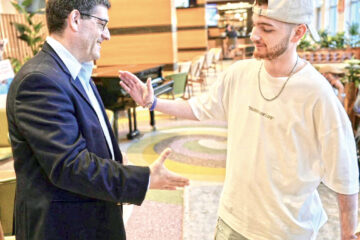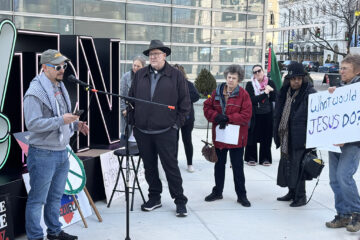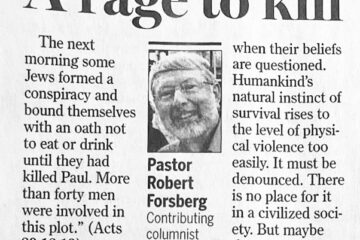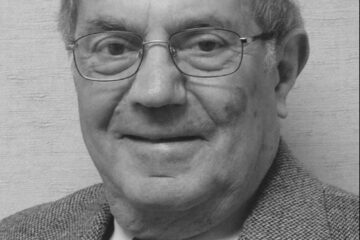Stories to connect generations — and one another
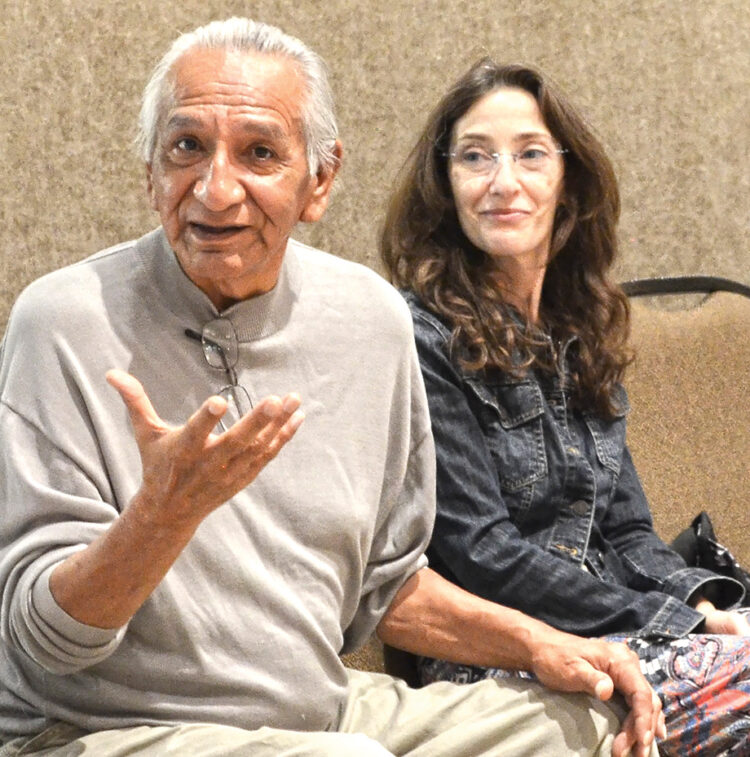
Story and Photos by Talia Doninger, Special to The Dayton Jewish Observer
Local Native Americans visited children with Beth Abraham Synagogue’s religious school Oct. 13 to share the art of their traditional storytelling.
The Conservative congregation’s new religious school director, Elyssa Wortzman, organized the program to explore how Native Americans and Jews use stories to connect generations and preserve histories.
“Storytelling is essential to the identity of both cultures,” Wortzman said. “This program allows our students to learn that while our traditions may be different, the purpose behind our stories — teaching, connecting, and preserving values — is the same.”
Yavonne McGarry, a member of the Athabascan people, shared a story her grandmother first told her as a child in Alaska: The Beaver and the Porcupine.
“Animals are considered our relatives,” McGarry said. “Just like us, they have their own stories, and through them, we learn how to live in harmony with the earth.”
One student asked why animals were prominent in Native American stories; this prompted a discussion about symbolism and spirituality.
Another student said, “Animals are almost like their own medium of storytelling.”
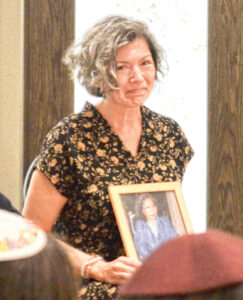
photo as she shares a story from her youth.
Wortzman shared the story of Noah’s ark in Genesis, which draws on animals, the environment, and spirituality to convey lessons of kindness, sacrifice, and a connection to nature.
“Our stories may sound different, but they reflect universal human experiences: of struggle, resilience, and hope,” Wortzman said. “We’re teaching them that storytelling connects us not only to our past but also to one another.”
The session also provided hands-on experiences. After each speaker shared a story, students were encouraged to draw their emotional responses, to engage in a creative form of midrash, of creating their own values-based stories.
“It was an organic process. The children were able to add their own layer of meaning,” Wortzman said.
Shelly Corbin, of the Cheyenne River Sioux Tribe, introduced the concept of Wakan Tanka, the Native American term for Great Spirit or Great Mystery.
“Wakan Tanka isn’t just one entity,” Corbin explained. “It’s the spirit that moves through all of creation — plants, animals, humans, and even the wind. It’s the understanding that everything is connected.”
Guy Jones, a member of the Hunkpapa band of the Lakota people of the Standing Rock Sioux Tribe, and a founder of the Miami Valley Council for Native Americans, shared that he moved here nearly 40 years ago.
“What drew me to Dayton was the four rivers gathered, illustrating a hand. I went to the East and some of the first welcoming people I met were of Jewish faith,” Jones said.
Wortzman envisions this program as part of a broader religious school curriculum to incorporate more diverse learning experiences.
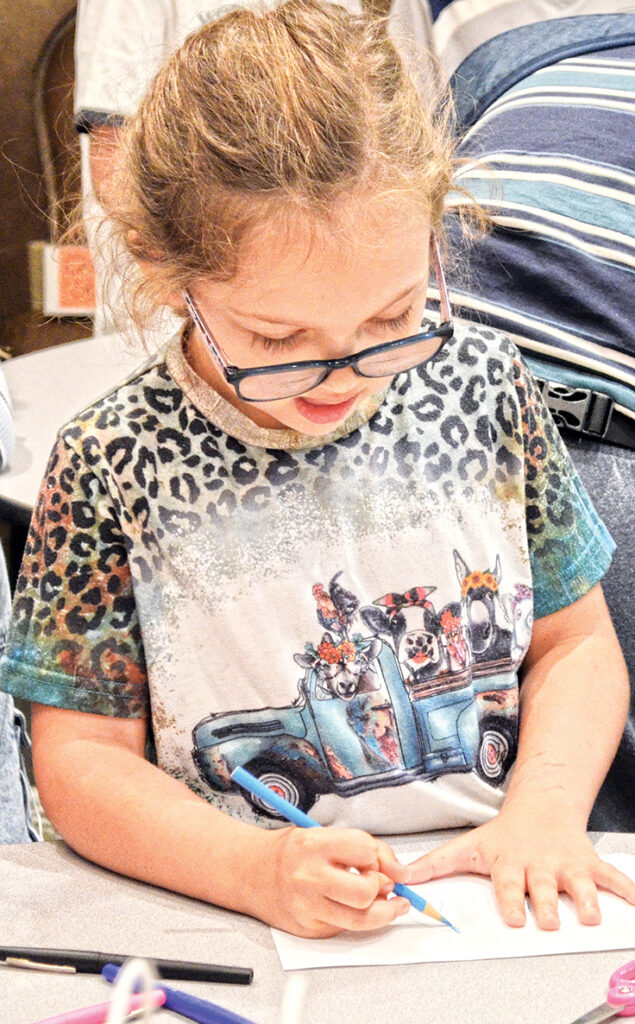
“Learning about other cultures helps deepen our appreciation for our own,” she said. “It opens our minds and enriches our traditions.”
Although Native American and Jewish storytelling share common themes, the methods they employ are different. Native American stories are typically presented orally and may involve visual symbols like sand paintings, totems, and even yarn to help illustrate the narratives. Jewish storytelling frequently draws on written texts from the Torah and the Talmud, though the Talmud was originally transmitted orally.
“Native American tales may evolve with each telling, with the adaptation of the storyteller’s voice and the needs of the audience, compared to Jewish stories that retain a fixed form to preserve religious teachings,” Wortzman said.
Both traditions emphasize the importance of passing down stories to sustain cultural identity and moral values across generations.
“We are energy and speak our stories into existence. Storytelling creates emotion and memory, allowing us to connect with one another on a profound level,” Corbin said.
“In sharing our traditions, we not only preserve our past but also build bridges between our cultures, enriching the lives of everyone involved.”
To read the complete November 2024 Dayton Jewish Observer, click here.


